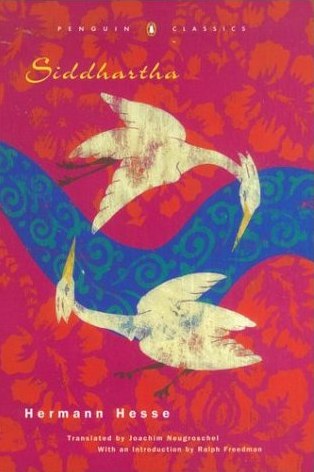When Plays like Ionesco’s Bald Primadonna and Beckett’s Waiting for Godot began to be produced in the early 50’s, critics and audiences were caught with their underthings in knots facing a phenomenon which appeared to flout every accepted standard of drama. Since then the “theater of the absurd’ has become a major dramatic form expressing something of the sense of spiritual desolation which followed the shock of the Second World War shaking religious, spiritual and moral foundations.
In this volume Ionesco’s first full-length play, Amedee and three short plays: Adamov’s Professor Taranee, Arrabal’s The Two executioners and my favorite Edward Albee’s The Zoo Story.
There is an elaborate introduction by Martin Esslin suggesting the antecedents and showing how the development of the plays as poetic images gives them an inner realism and rich theatrical quality.




